Do you have long bands of scar-looking stripes on your arms, thighs, or stomach? If so, you might be looking at stretch marks – a fairly common type of scar. In this blog, we’re going to take a look at how to heal stretch marks and answer some common questions you might have about stretch marks: how long does it take for stretch marks to fade and what do early-stage stretch marks look like?
What Are The Stages Of Stretch Mark Healing?
Stage 0: The “Damage Stage”
Best Treatment: moisturizers and stretch mark creams. | Prognosis: Great
When your stretch marks first form, the actual stretching is taking place. This causes microscopic tears in your skin’s surface, literally separating the skin cells horizontally. If you’ve ever broken an eraser, you can visualize what’s going on in the skin. Luckily, stretch damage happens slowly so that there’s no visible wound. Once the skin has broken, the body rapidly fills in the gaps with temporary scar tissue. This is where the healing stages begin.
During this stage, you’ll likely feel your skin tightening or even physically stretching. It may feel like the latex of a balloon over your body. At this stage, your skin may be flaky and itch a lot. Resist the urge to itch your skin and apply moisturizers (or stretch mark creams if you realize what’s happening) frequently.
Stage 1: The “Purple” Stage
1-6 Weeks Later | Best Treatment: stretch mark creams | Prognosis: Decent
So, what do early-stage stretch marks look like? New scar tissue is a purple-red color, so it makes sense that your stretch marks are going to be an odd purple-y color during the first stage of the healing process. This is the part of the healing process where stretch mark creams will work extremely well for you.
At this stage, it’ll be obvious that you’ve been the victim of stretch marks. You’ll have purple-ish red “tiger stripes” that may range from ¼” to 1” in length. They will likely be stacked and layered like bricks in seemingly random order. At this point, the itching will likely have ceased.
Stage 2: The “Light and Shiny” Stage
3-6 Months Later | Best Treatment: stretch mark or firming creams | Prognosis: Moderate
How long does it take stretch marks to fade? Usually between three and six months. As your stretch marks age, your body replaces temporary scar tissue with better-structured, lighter scar tissue. Using stretch mark creams at this stage won’t help you as much as if you had started using them beforehand, but it can still help tighten up any loose skin in the area.
This is the final stage of stretch mark healing, and, at this point, your stretch marks will be pale and slightly off from your normal skin color. Darker skin tones may find that the difference between their stretch marks and normal skin is much greater - this is because some scar tissue doesn’t produce as much melanin as regular skin. Everyone’s skin is different!
How To Heal Stretch Marks
As you’re probably guessing, the best-case scenario is to prevent stretch marks from developing in the first place. This requires constantly moisturized skin, no itching, and even massaging techniques before the stretching even takes place. This isn’t always possible, so many men and women find that they need to manage the aftermath.
Your best bet is to find a high-quality stretch mark cream that both tightens the skin and reduces redness. These features will be especially useful if your skin returns to its original dimensions – like after childbirth.
Rejuvaskin’s Stretch Mark Cream
Here at Rejuvaskin, we’ve developed products specifically for stretch marks: our Stretch Mark Cream. Our formula is safe for new moms and their babies, so you don’t have to worry about harmful ingredients. To get the best results from your stretch mark cream, check out “How To Get The Best Results From Your Stretch Mark Cream.”
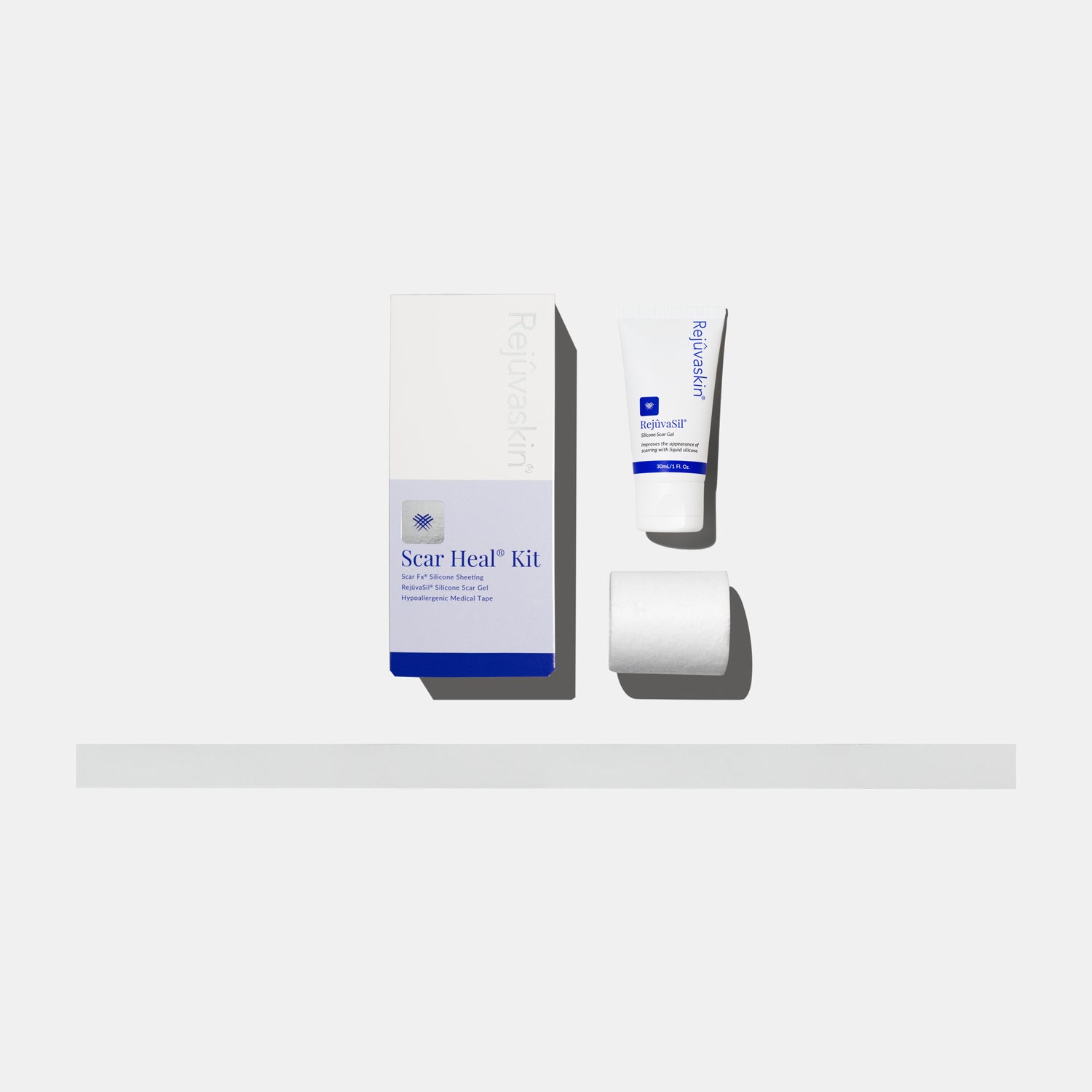


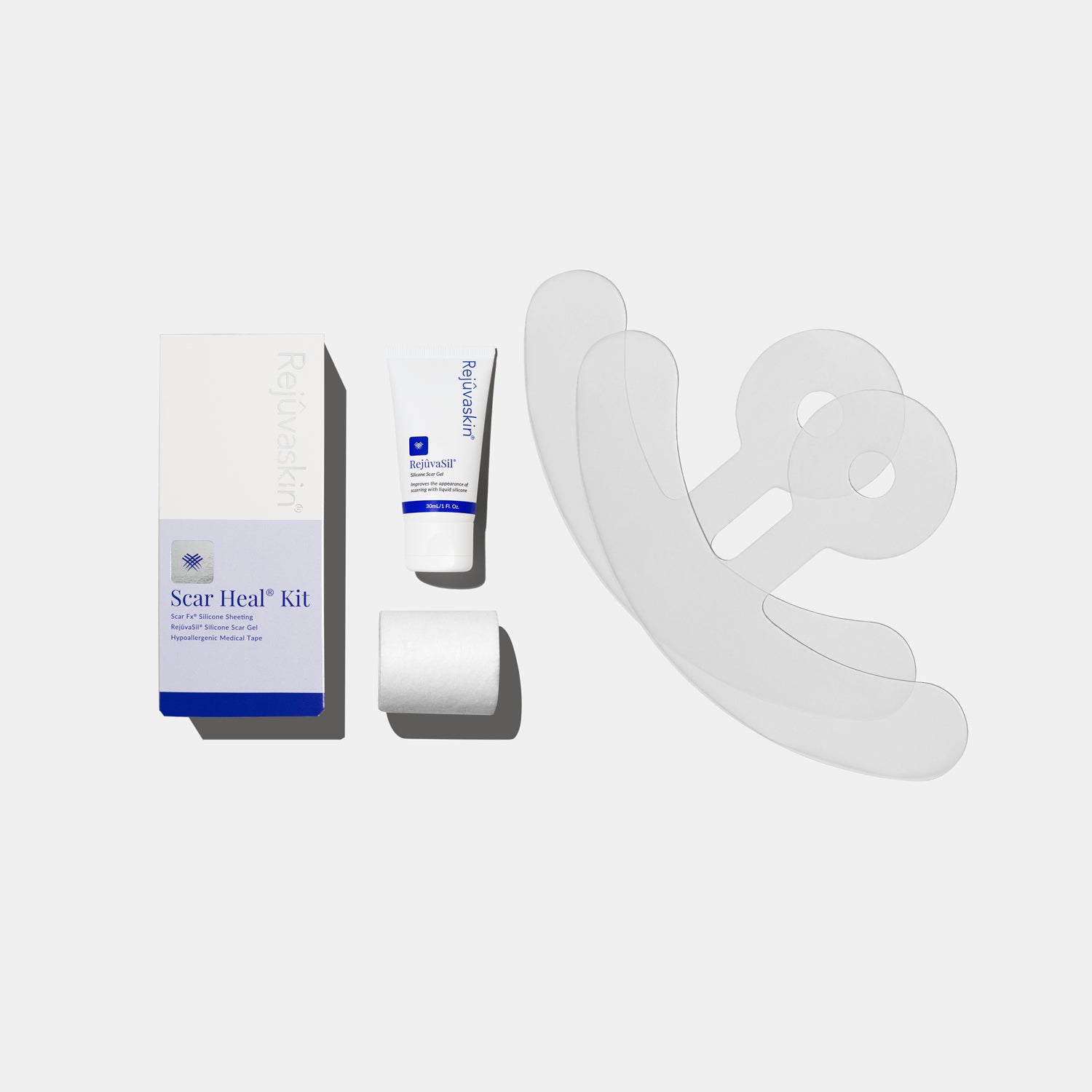
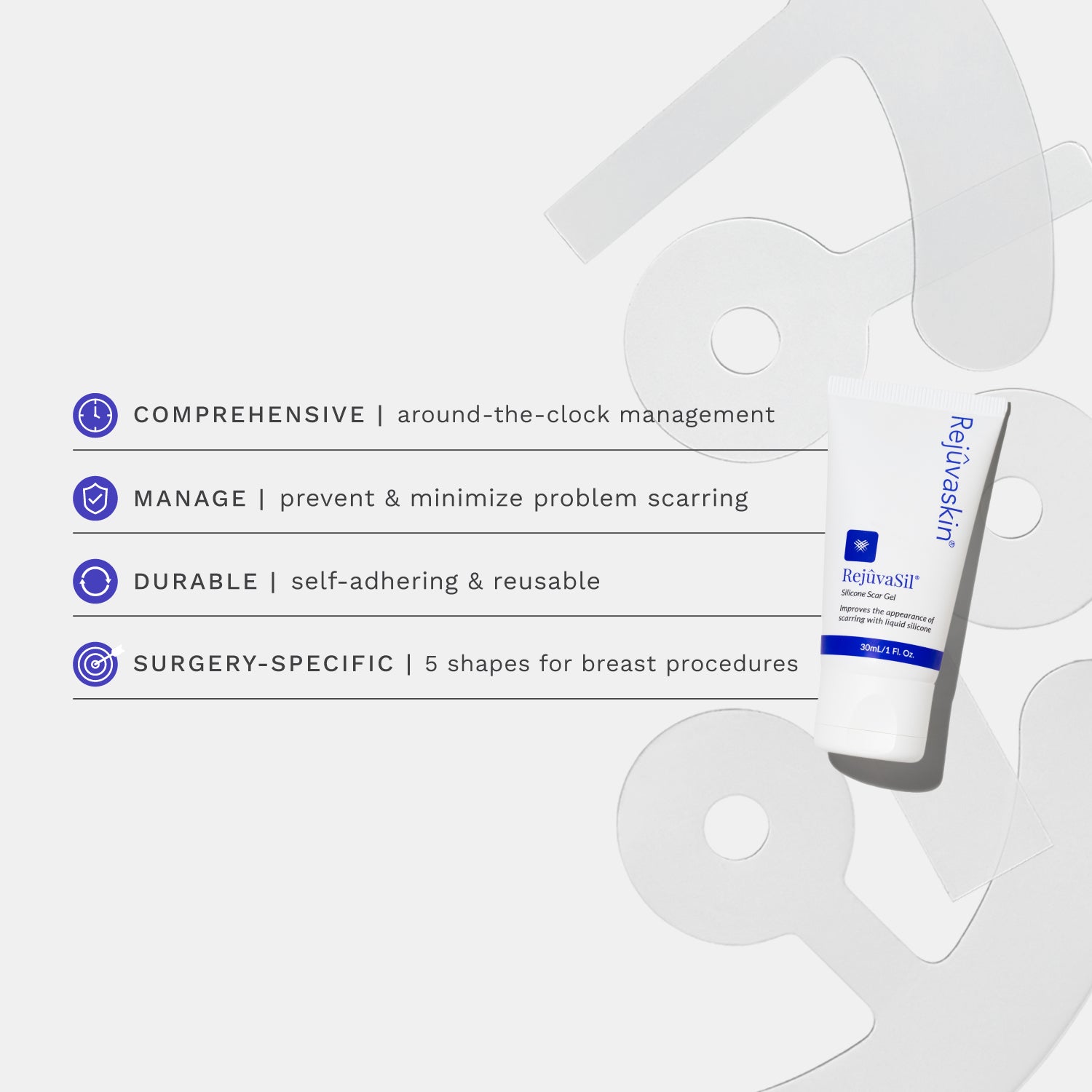
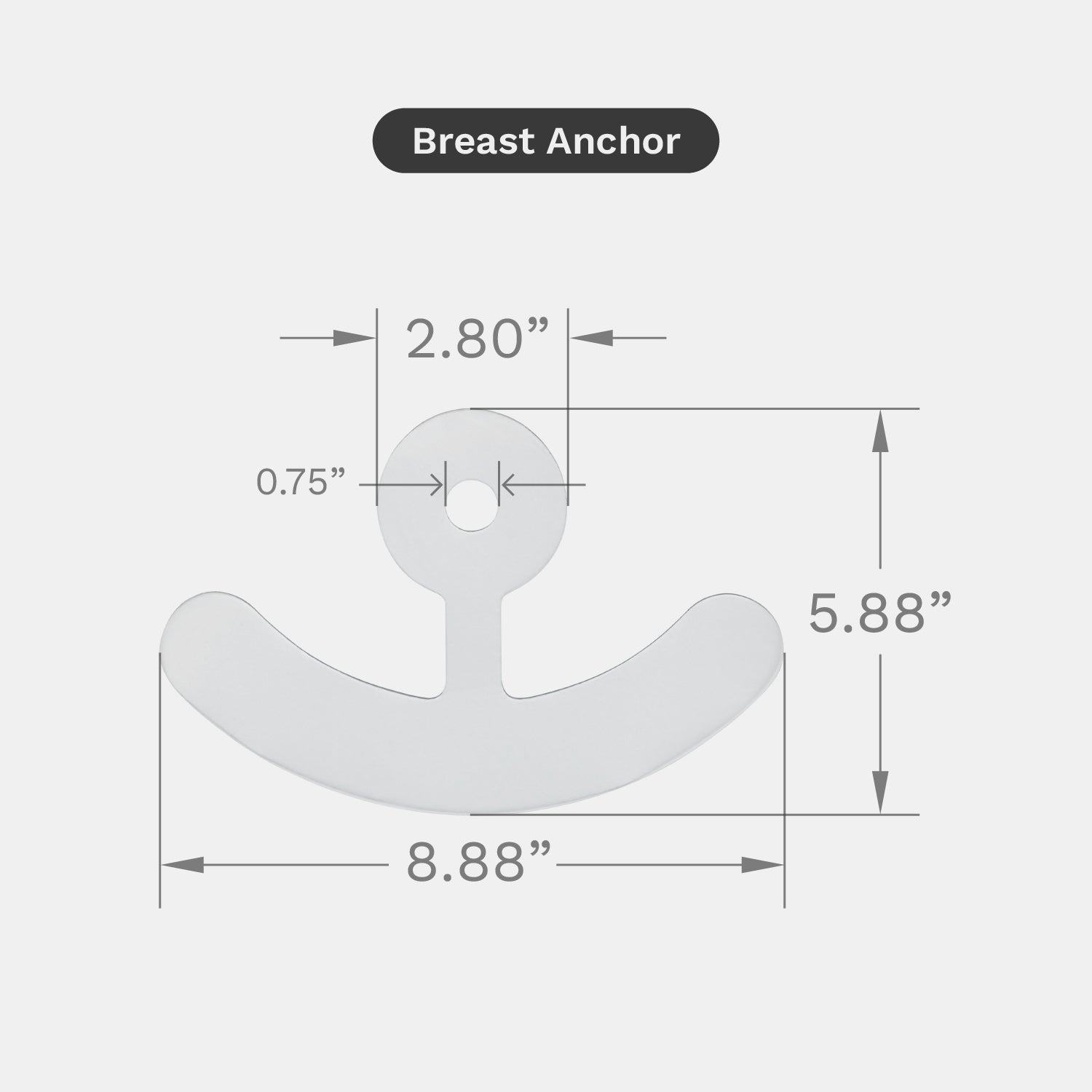
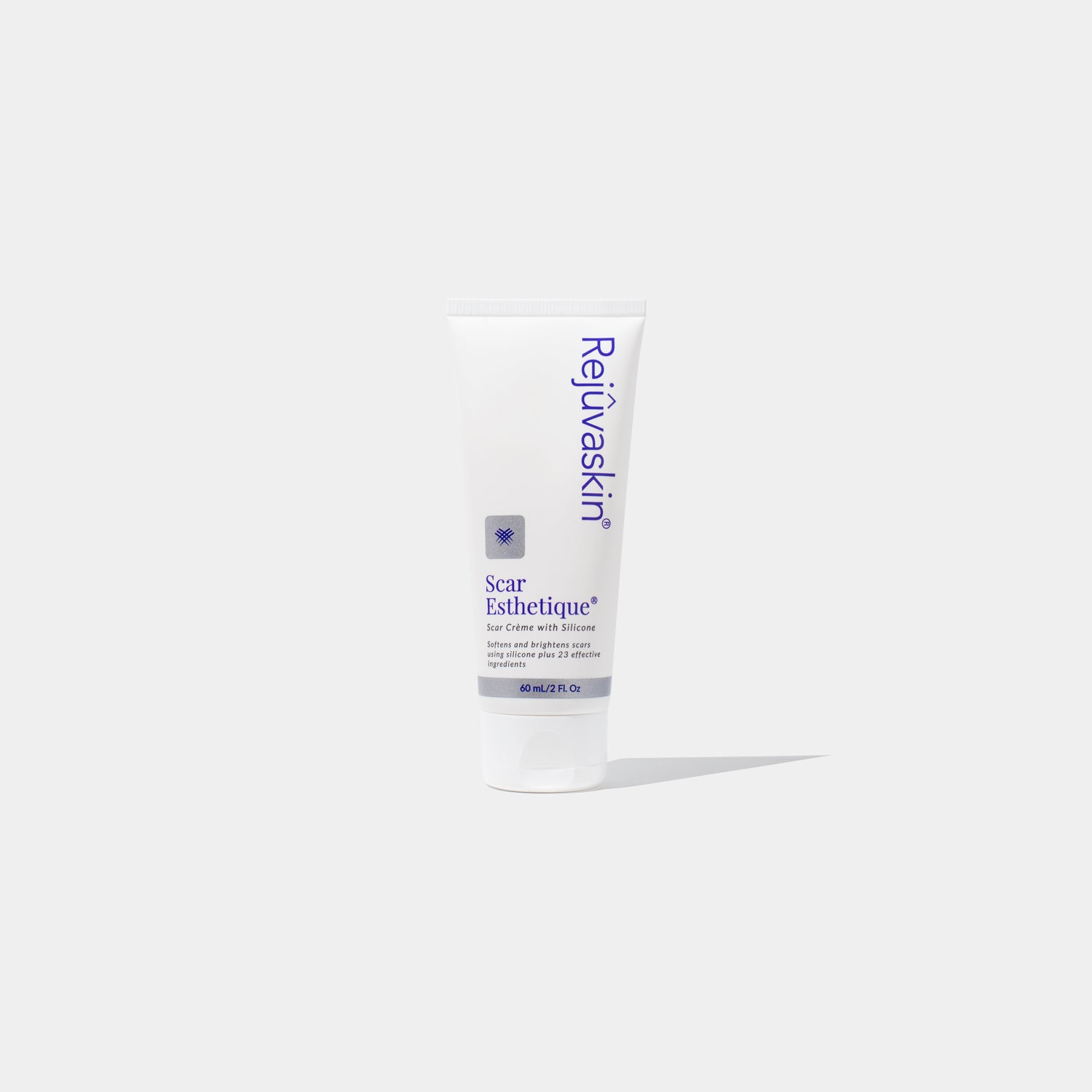
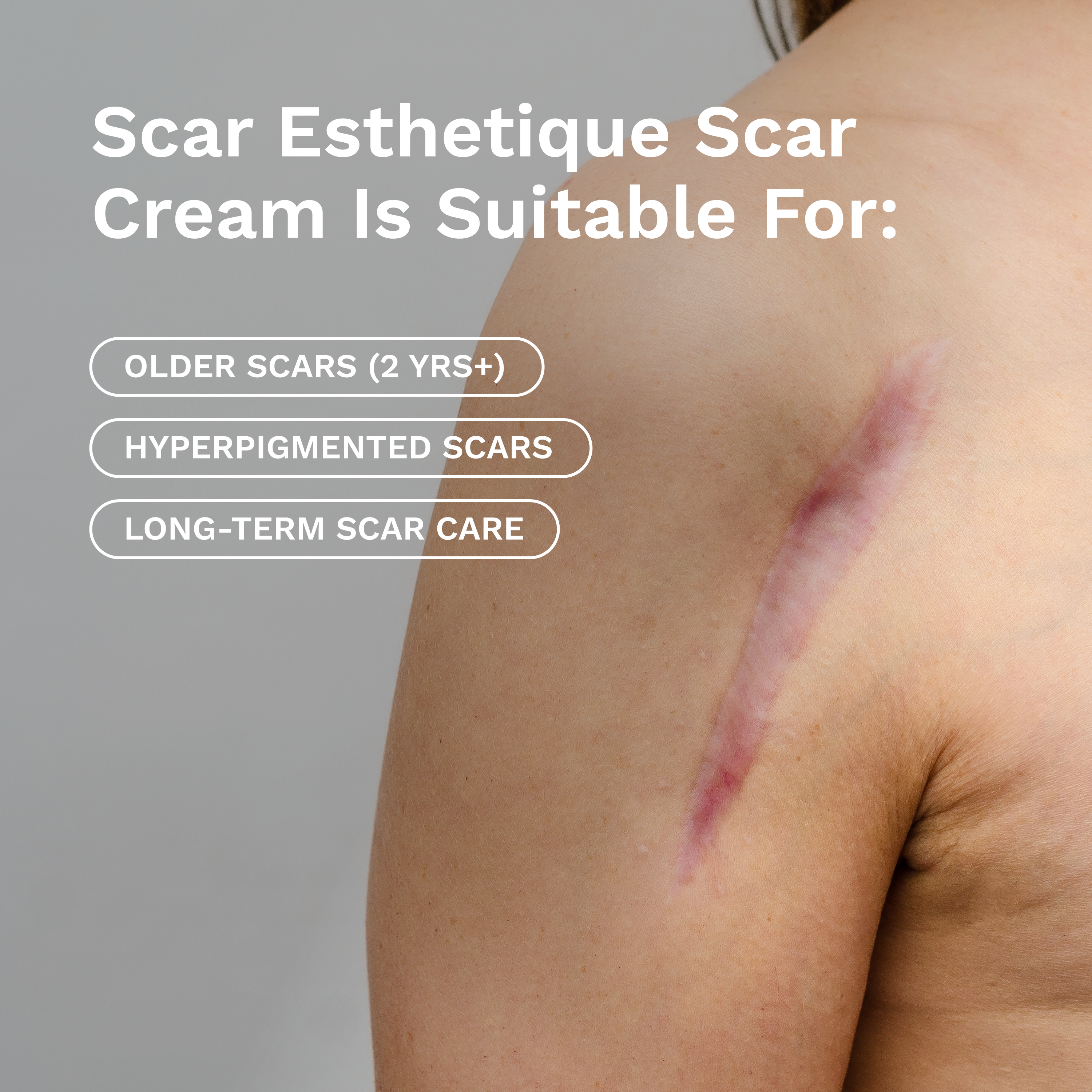








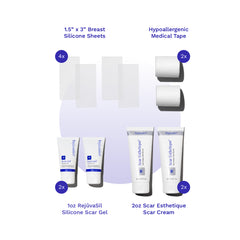
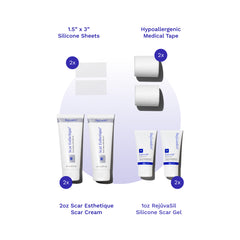

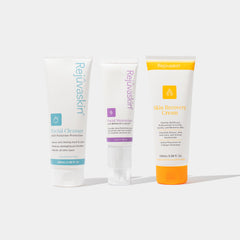
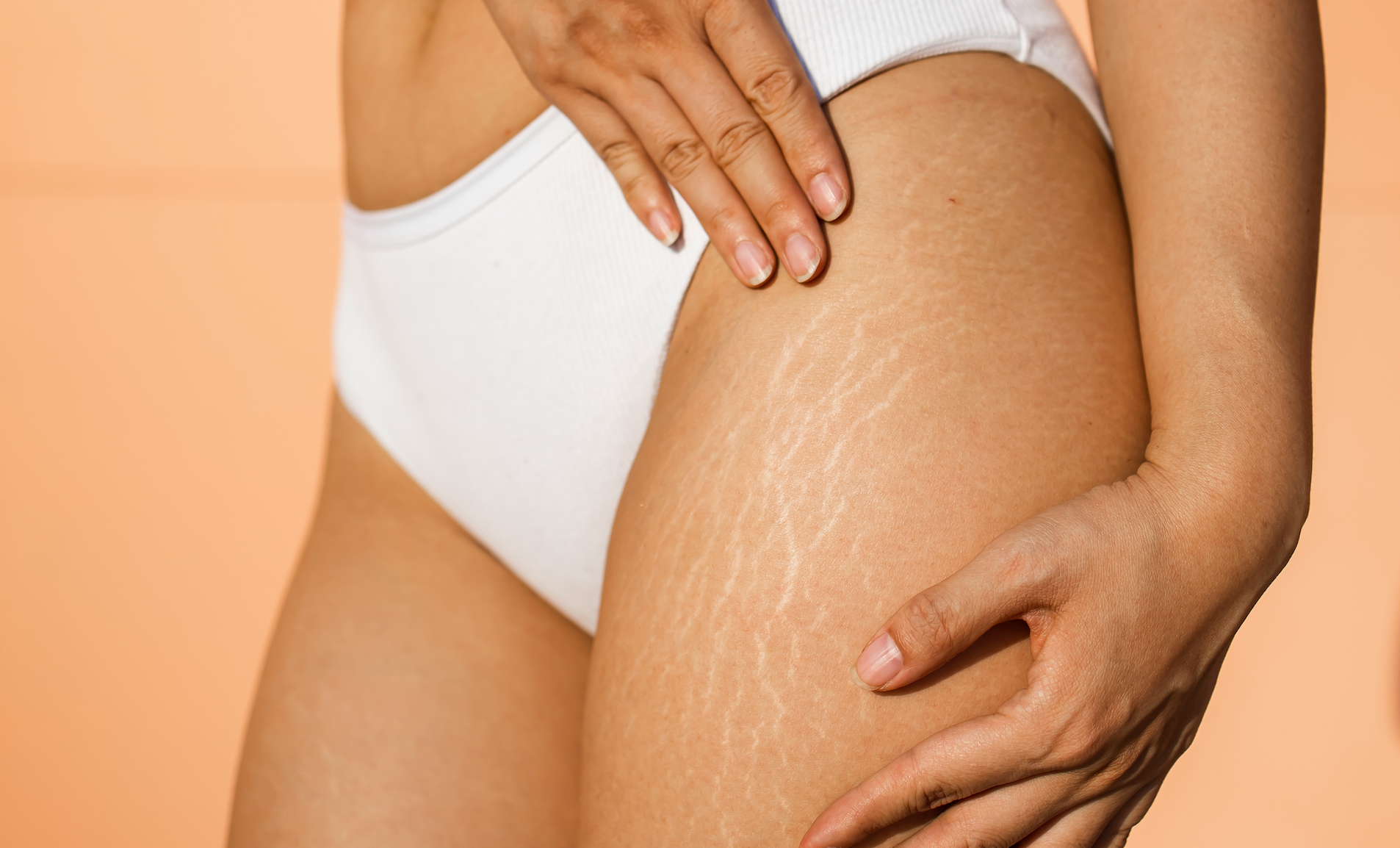
Leave a comment